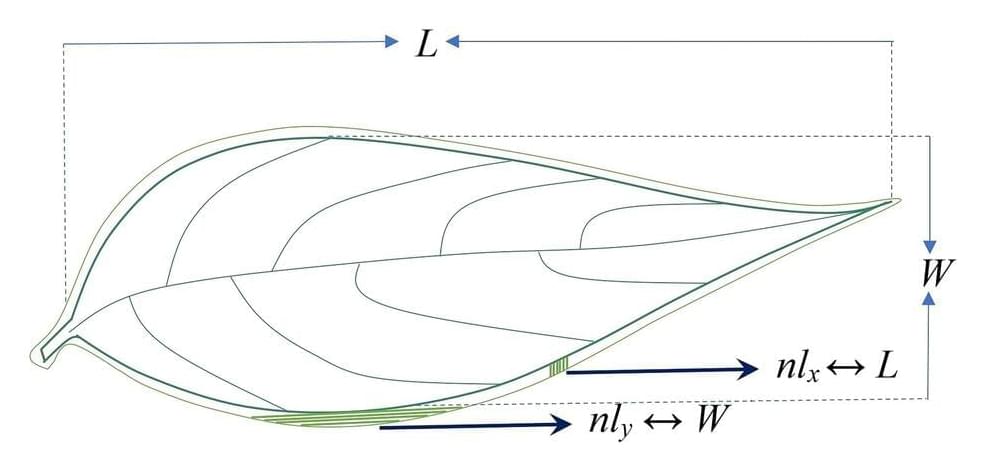Complexity of biological forms has fascinated humankind over the years. Different species of plants have different leaf shapes. Have you ever wondered why it is so? Why does this shape diversity exist? Plants can change their leaf shapes over time and space. But how?
Does the distinct shape of leaf forms play a significant role in energy optimization? In fact, the shape of leaves has a lot to do with adapting to their surrounding environment. How is the unfolding of shape related to the evolutionary process of nature? These intriguing questions have led us to focus on quantitative approaches to the complexity of plant leaves.
Quantifying leaf shapes using Euclidean shapes, such as circles, triangles, etc., are appropriate to only a few plant species. Therefore, various quantitative measures of leaf shapes have been developed with varying accuracy. But Is the shape of an object really its actual shape? Visual perception of definite shape or geometry of physical objects is only an abstraction.
